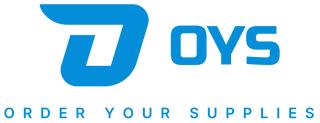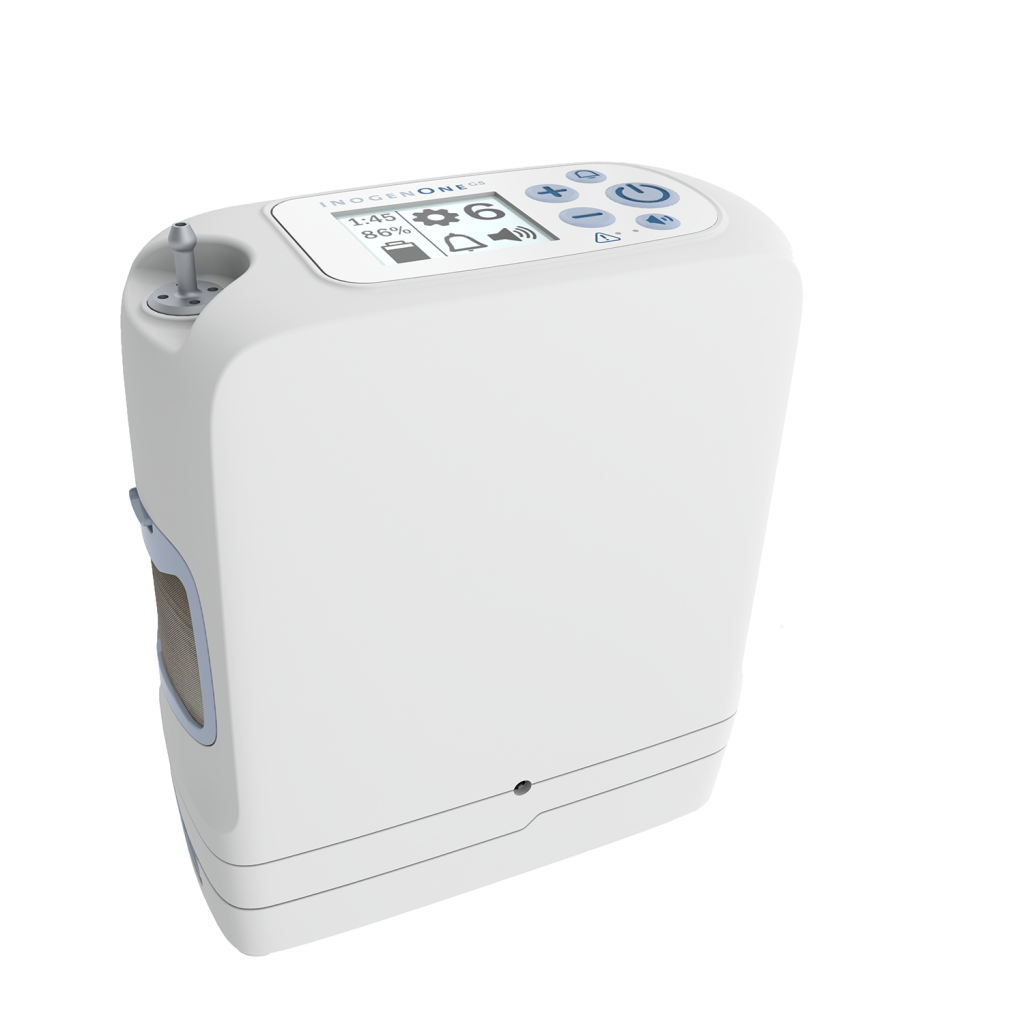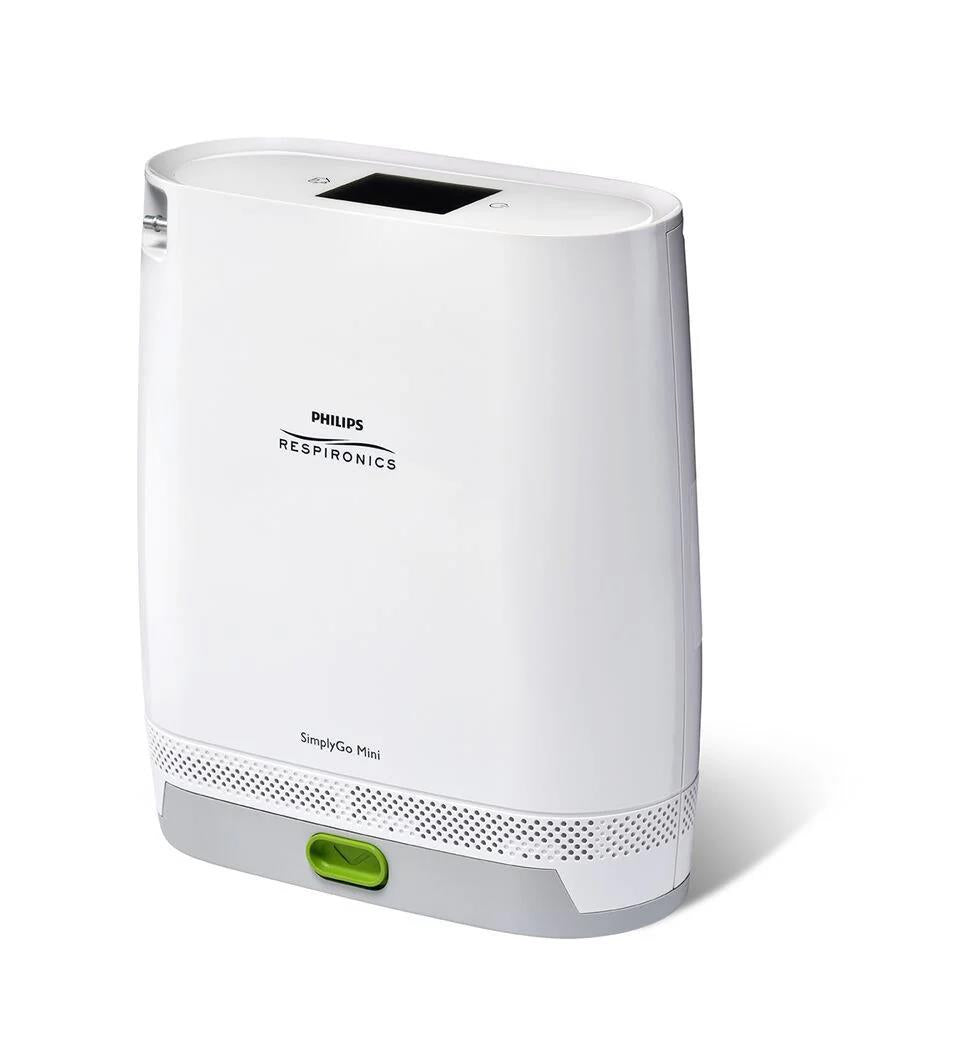Oxygen Concentrators
Oxygen Concentrators
Discover the freedom and flexibility of portable oxygen concentrators, designed to provide a convenient supply of oxygen wherever you go, whether you're traveling, engaging in outdoor activities, or seeking greater independence in managing your oxygen therapy, with features such as lightweight design, extended battery life, and easy portability, ensuring that you can maintain your oxygen therapy regimen without limitations; explore... Read More
We’ve helped over 20,000 customers...
How may we assist you?
Our committed team is available to support you through every step of your treatment journey.















